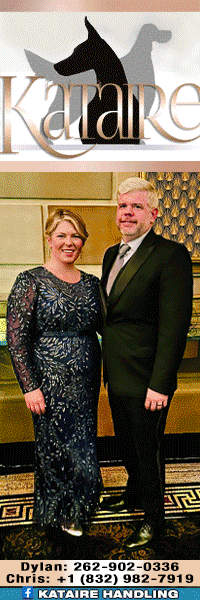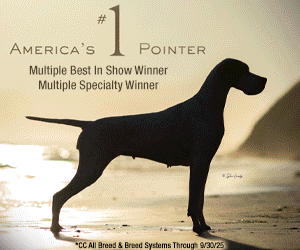The St. Bernard – A Reputation Built On Saving Lives
Click here to read the complete article
50 – June, 2020
Working breeds come into this deal facing very long odds. Really, the bar is set impossibly high before they lift a paw. Here’s a perfect example, “The Saint Bernard shares with the Newfoundland the honor of being the only two breeds of dogs whose special mission and characteristics are the saving of life, in contradiction to all other breeds which more or less, lie in the direction of destruction.” What!! In other words, if you enter life in this category don’t even think about loafing around the house doing dog stuff. That belief was so totally ingrained in purebred lore that even a hard bitten veteran of the sport like Theo Marples couldn’t resist the ideological claptrap pervading the histories of these breeds.
In both cases, their heyday was inseparable from all the romance and weirdness of Victorian England. The emergence of the sport in that era generally overshadows how much of that thinking shaped enduring perceptions about different breeds. And nowhere is that sad fact more obvious than the bizarre expectations laid out for these two big, cuddly “lifesaving” heroes. For starters, both were saddled with completely misleading names reflecting their purported geographical origins. Didn’t matter, the stories were awesome, which helped to drive their spiking popularity. A far bigger problem was the uniquely Victorian need to anthropomorphize animals. These weren’t merely syrupy and sentimental renditions, these breeds were turned out as canine paragons of virtue and morality.
The primary culprit responsible for this cultural travesty was Sir Edwin Henry Landseer. He was good, his paintings were both visually breathtaking and emotionally overblown, especially his vivid interpretations of canine moral goodness. Much of his work was mass produced, which really ensured that people who never laid eyes on either breed knew exactly what to expect from them. Worse yet, all this hype and hyperbole long predated the actual purebred movement, so even when that did start rolling in the 1860s, these preconceived notions were set in stone.
Click here to read the complete article
50 – June, 2020
Short URL: http://caninechronicle.com/?p=184952
Comments are closed












